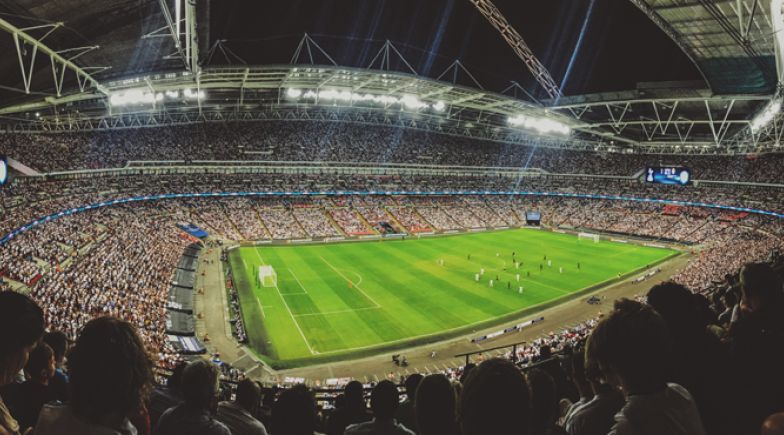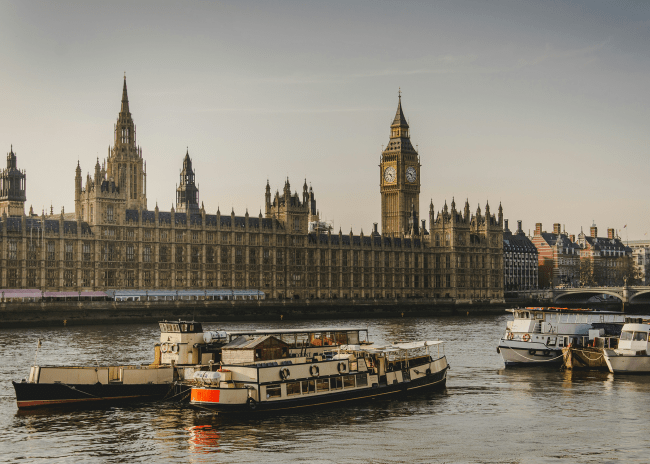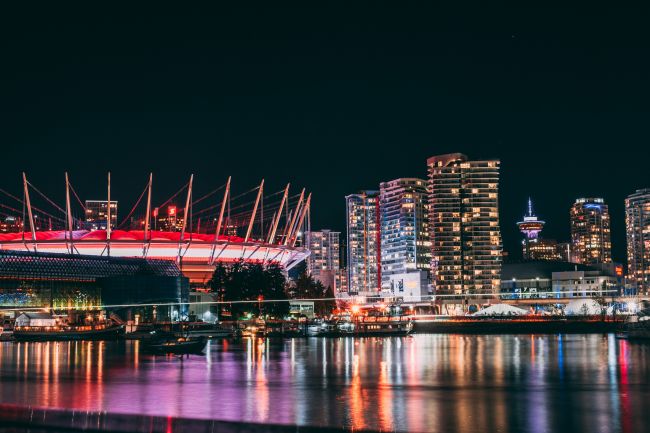Transport is a key component of a successful event: it is a spectator’s first and last experience of an event, shaping their initial and final impressions. Our sports and major events team help deliver safe, efficient and sustainable events by designing operations, managing stakeholders including local residents and planning authorities and presenting costed capital improvements.
Our breadth and depth of experience allows us to approach problems in the round. For ease of understanding, our work can be split into five broad categories:
Planning and licensing
Key aspects: planning applications; policy compliance; negotiation with local authorities and residents
We improve relationships between venues and the relevant transport and planning bodies by providing clear analysis of operations, informing improvements. By focussing on areas with most relevance to each local authority, whether accessible transport and parking enforcement, local transport network capacity, or freight movements for events, we inform designs that work for all parties, enabling venues to hold more, and larger, events.
Crowd dynamics
Key aspects: crowd flow; stadium evacuation; Green Guide compliance
Understanding crowd flow and the movement of people identifies potential improvements and convinces local authorities that operations plans are robust, complying with guidance such as the Green Guide. Clients such as Chelsea, Wembley and Battersea Power Station have benefitted from our crowd flow models, using software such as Legion as well as static models to model crowd behaviour in a number of scenarios, including normal operations at stadium and station as well as evacuation scenarios. This has informed the design of queue management operations and travel demand management measures.
Strategy
Key aspects: COVID response; net zero; business cases
We take the long-term view, identifying areas for improvement to help venues and events achieve their objectives. Whether advising clients on how to achieve net zero to meet sustainability objectives, building communications strategies and recommending additional capabilities to achieve sofa-to-seat engagement concepts, or producing business cases for capital investment in transport, we bring our in-depth knowledge of the wider transport industry to benefit our clients. Recently we have advised key clients on strategies to respond to the COVID-19 crisis, highlighting areas required to hold events safely once more.
Venue operations
Key aspects: demand forecasting modelling; detailed design; traffic management overlay; VTOPs
Venue operating plans can become stale – because it worked before does not mean it is the best way to do it. We bring our experience of holding walkie-talkies in our hands to the planning stage: we know what works and what doesn’t. Combined with our technical capabilities, such as our demand forecasting tool comparing transport network capacities to expected demand and our detailed design drawings, we build effective plans for successful events, covering security and hostile vehicle mitigation, wayfinding, traffic management overlay and specific designs, such as park and rides or shuttle operations.
Major Events
Key aspects: Stakeholder management; vision; event coordination
Steer has played key roles in some of the largest events of the past decade: from secondments to the GLA as Mobility Managers for EURO 2020 to designing operations for the Rugby World Cup in 2015 and the London 2012 Olympics, as well as providing assurance to Japan RWC 2019 and designing the transport operation for the first Champions League Final in Cardiff. Steer’s expertise is appreciated: frequently clients return to us when they organise their next event, as happened with World Rugby. Our ability to produce operational concepts and bring stakeholders, from transport operators and local authorities to spectators and venue management, to a consensus is highly prized.











